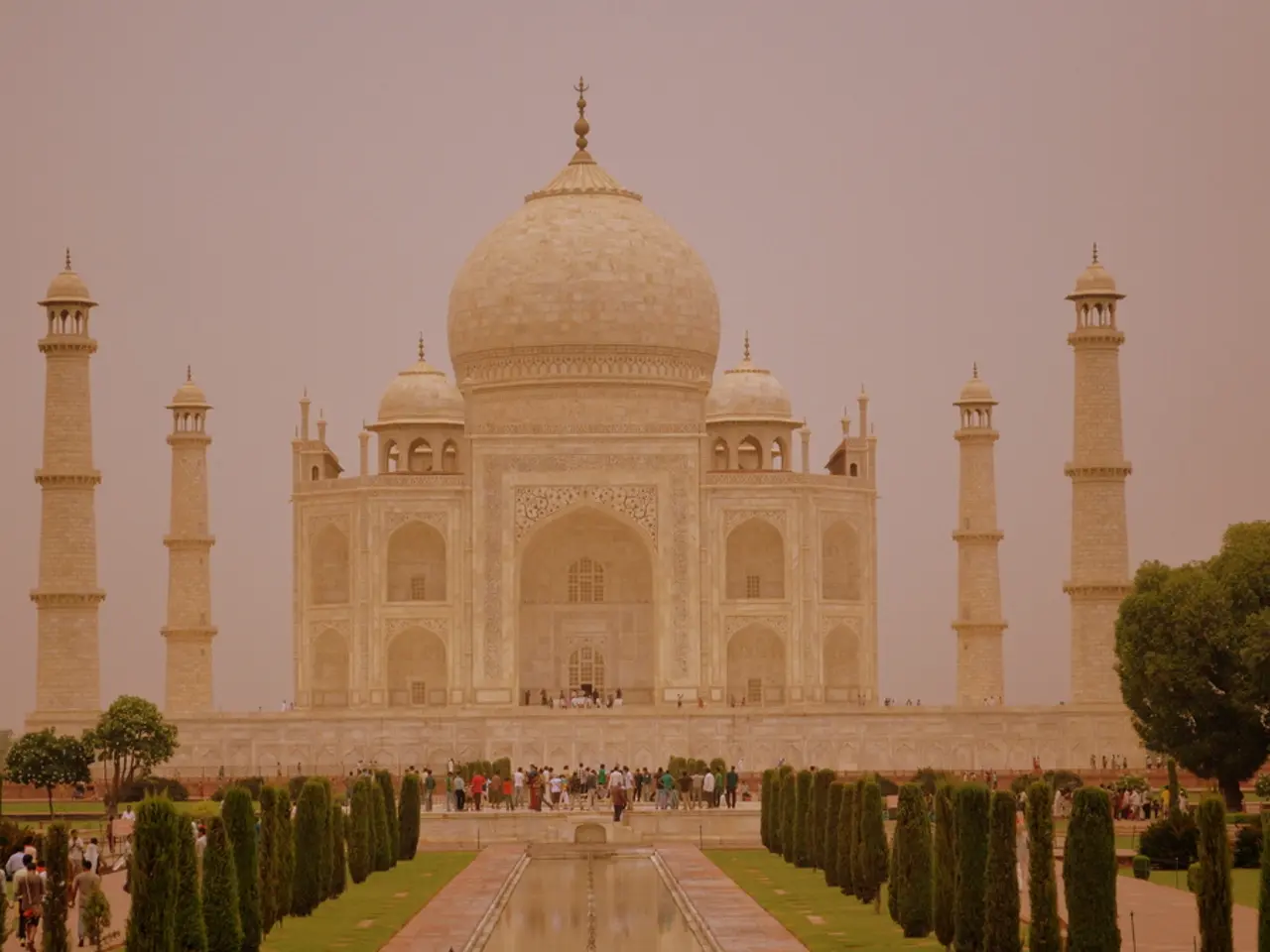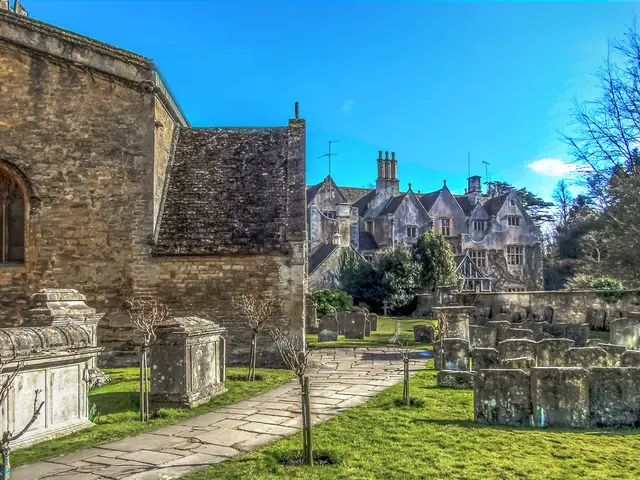Exploration of the Islamic Hajj Journey to Mecca
Hajj: A Spiritual Journey of Faith and Commitment
Every year, thousands of pilgrims travel to Saudi Arabia to perform the sacred pilgrimage of Hajj, a journey that embodies physical actions of worship intertwined with deep spiritual reflection, humility, and submission to Allah.
The pilgrimage begins with the donning of the Ihram, a set of two white sheets, and the recitation of the Talbiyah, a prayer demonstrating the pilgrim's intention to undertake Hajj. Upon arrival in Makkah, pilgrims enter a sacred state called ihram by wearing plain white clothes and declaring their intention for Hajj, reciting: "Labbayka Allahumma Labbayk" ("Here I am, O Allah, here I am…").
The first ritual of Hajj is Tawaf, which involves walking around the Kaaba seven times in an anti-clockwise direction. This holy site, located in Masjid al-Haram, is the holiest in Islam and is believed to have been built by Prophet Ibrahim and his son Ismail.
After Tawaf, pilgrims spend time in Mina and Mount Mercy. On the second day of Hajj (the ninth day of Dhul Hijjah), pilgrims travel to Mount Arafat for the Day of Arafah. Here, they gather and listen to a sermon (Khutbah), engage in supplication (Dua), seek forgiveness, and pray until sunset. This day is considered the most crucial part of Hajj and is regarded as the essence of the pilgrimage.
Following sunset, pilgrims move to Muzdalifah where they combine the Maghrib and Isha prayers, collect 49 or 70 small pebbles for the next ritual, and rest overnight under the open sky.
The next day, pilgrims perform Rami al-Jamarat, also known as the 'stoning of the devil'. This ritual involves throwing seven stones at Jamraat al-Aqabah, the largest of three pillars that represent the Devil.
On the third day of Hajj (Qurbani/ Udhiya Day), pilgrims perform the animal sacrifice, commemorating Ibrahim's willingness to sacrifice his son in submission to God. A portion of the meat from the sacrificed animals is handed to the needy to ensure every Muslim across the globe can eat.
After the animal sacrifice, pilgrims shave their heads (men) or cut a lock of hair off (women) as a demonstration of their commitment.
The final rituals include a return to Makkah to perform the farewell Tawaf, circling the Kaaba seven times, and Sa’i between Safa and Marwah again, marking the completion of Hajj rites. Pilgrims conduct a final Tawaf before departing Makkah on Dhul Hijjah's 12th or 13th day, which is called 'Tawaf al-Wadaa'.
Throughout the journey, pilgrims must pray the five daily prayers and adhere to certain dress codes. Muslim women must wear straight, loose dresses and be completely covered, while Muslim men must wear the Ihram during Hajj.
Hajj is a pilgrimage to Makkah, the birthplace of Prophet Muhammed, and is one of the five pillars of Islam, a requirement for every Muslim to perform at least once in their lifetime. The entire journey is designed to renew a Muslim's faith and commitment.
During the Hajj pilgrimage, travel is essential as thousands trek to Makkah, Saudi Arabia, a journey that signifies a spiritual transformation. Additionally, after completing the Tawaf and other rites, many pilgrims might choose to embark on a lifestyle change, embodying the renewed faith and commitment experienced during this travel and the Hajj rituals.



